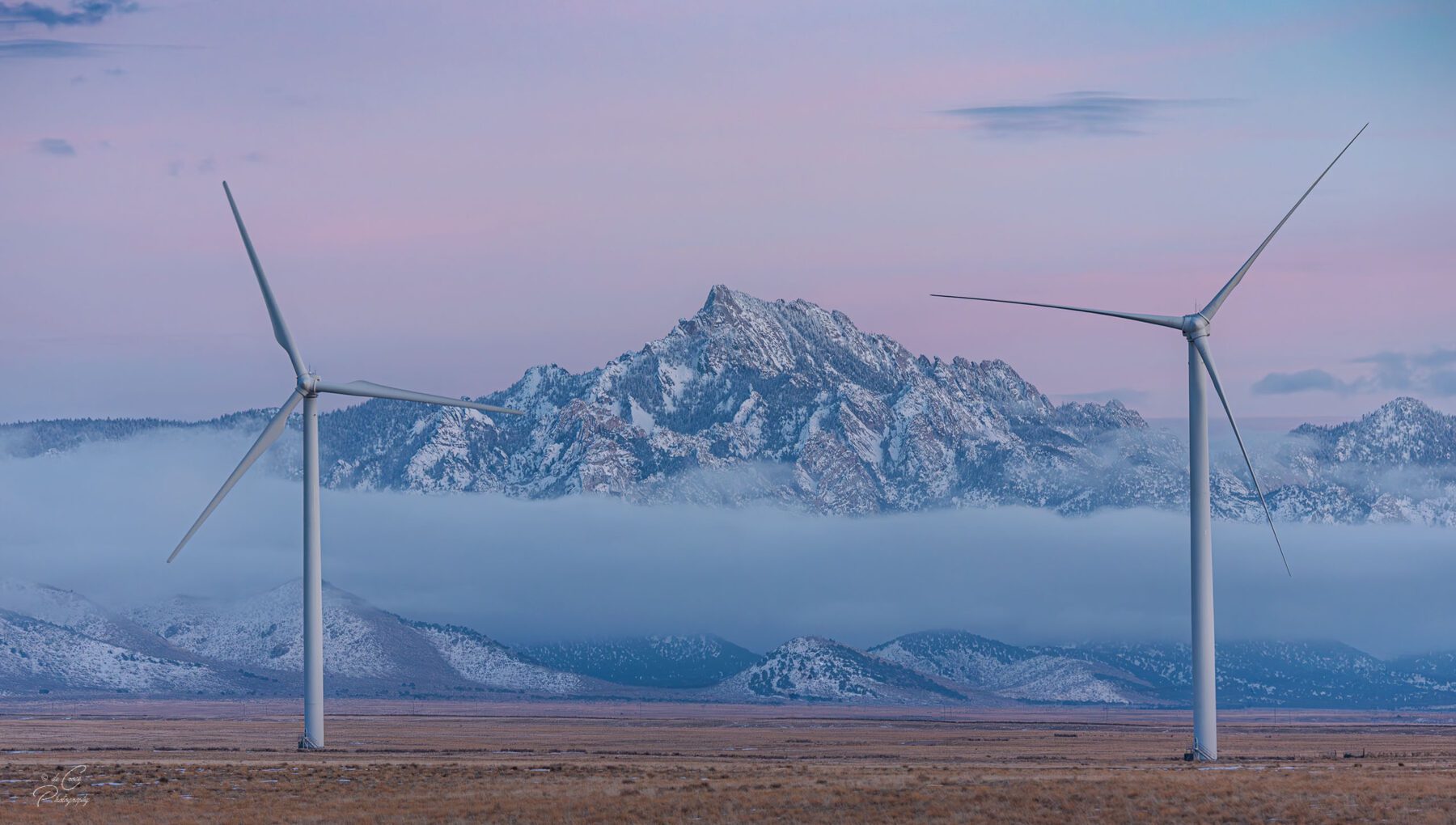
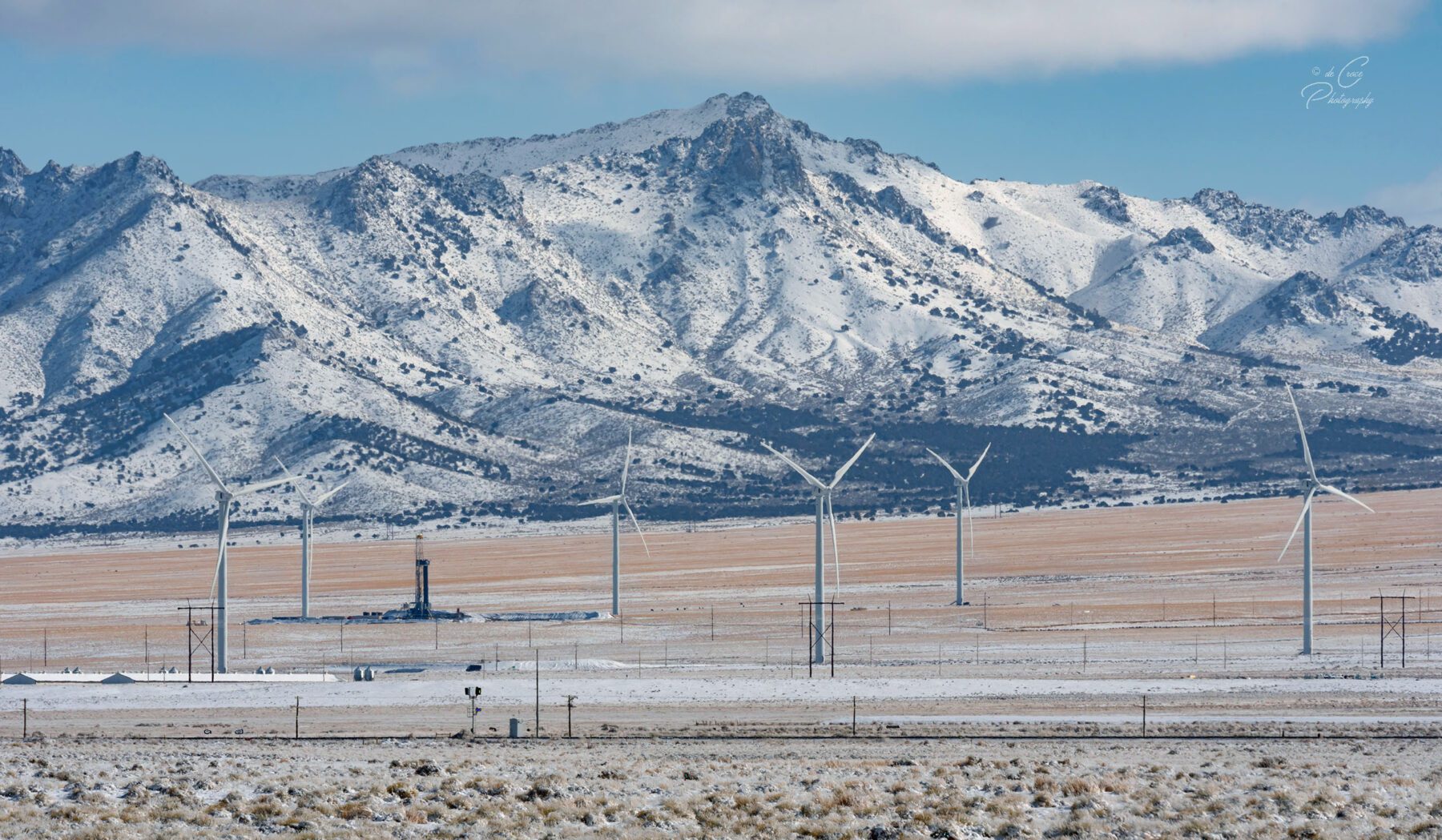
Photography for Green Energy
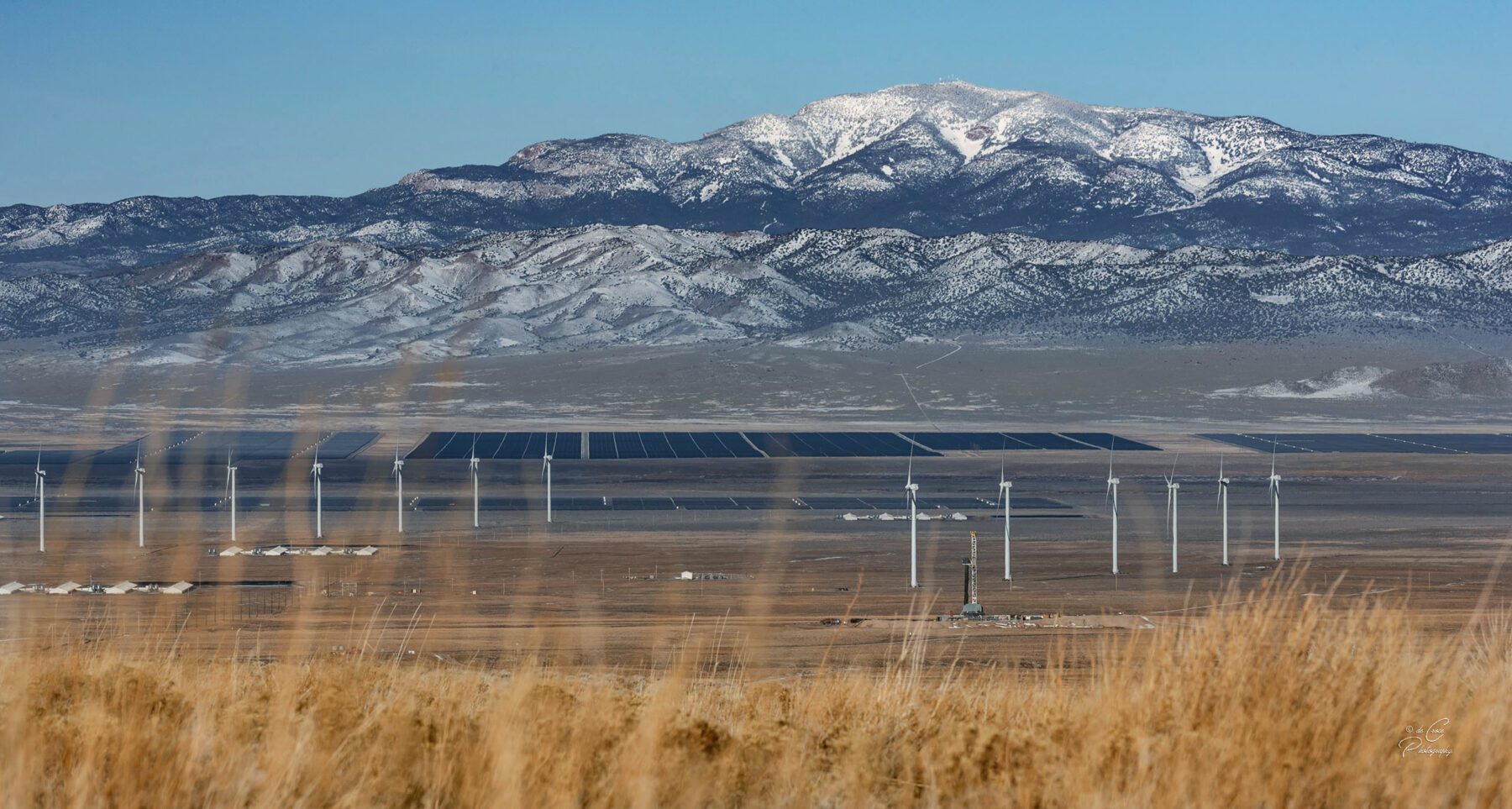

Having a portfolio rich with commercial industrial photography attracts new commissions and new clients. And now, I’m thrilled to have landed some exciting alternative energy photography shoots.
With climate crisis on everyone’s mind, it’s heartening to photograph green energy operations and even better, to have my son Levi DeCroce along. He started assisting last year as my VO (visual observer) for aerial photography.
FAA requires all licensed remote pilots to have present a visual observer for unmanned drone flights. And since energy photographers increasingly rely on aerial video and still photography to help tell the story, it made sense for Levi to learn.
As you can see by the stunning cover image he made of an alternative energy landscape view, Levi is developing in photography as well.

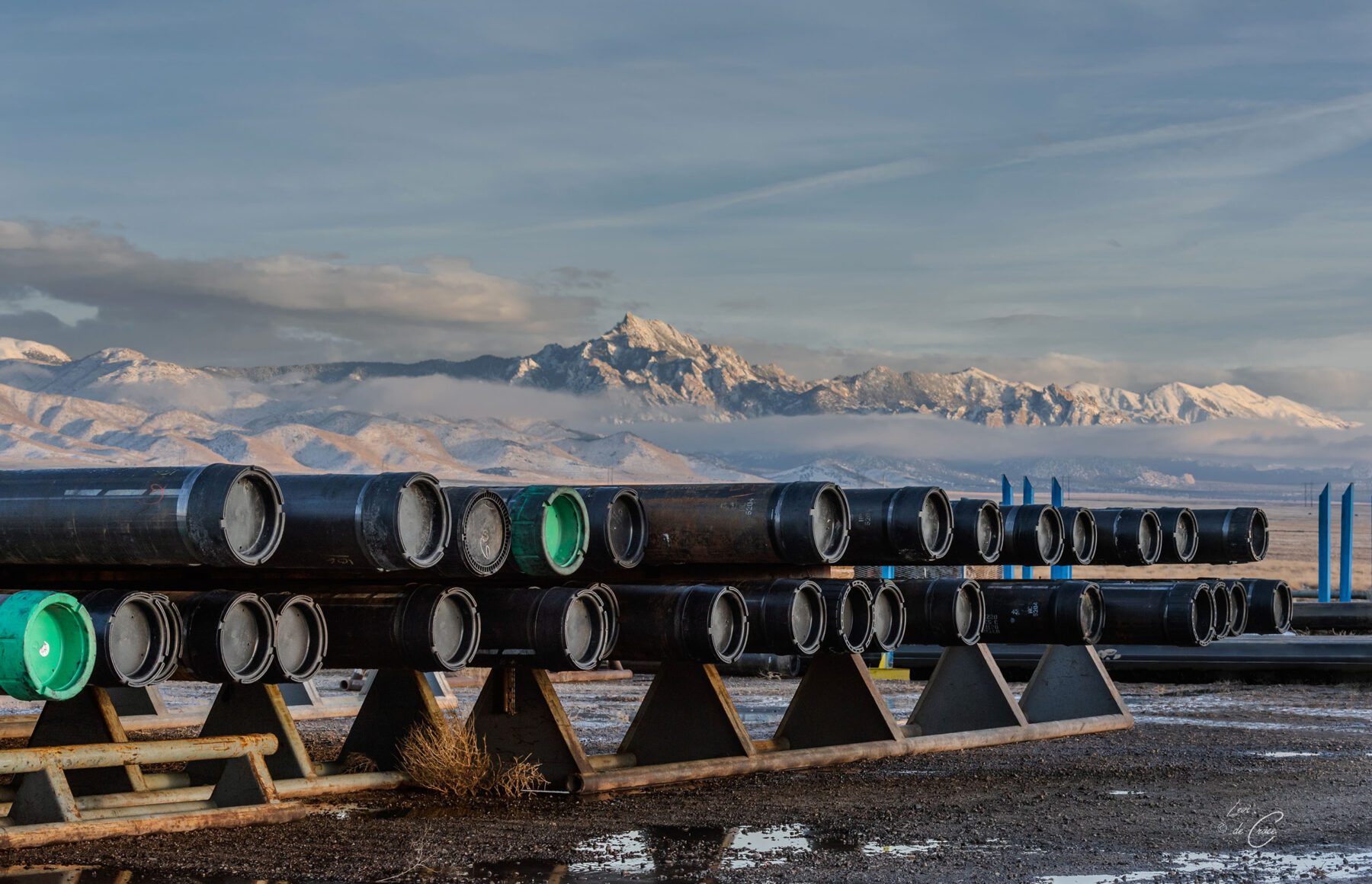
Photograph by Levi deCroce

Alternative Energy Hub –– Beaver County Utah
Just north of Milford in southwestern Utah, is a remarkable scene –– a next-generation geothermal energy operation smack in the middle of a giant wind energy farm right in front of a large field of solar energy panels all in the heart of a conventional rural valley.
This article showcases alternative energy photography for a green geothermal energy company –– Fervo Energy.

Also featured later in this article, are some gorgeous images from energy photoshoots last summer for The Navajo Transitional Energy Company. NTEC is investing heavily in carbon capture and land reclamation.
Beaver County Utah has become a hotbed for alternative energy, according to Tim Fitzpatrick at The Salt Lake Tribune. Fervo Energy’s Cape Station operation is set to become the world’s largest enhanced geothermal plant by 2028. It is projected to deliver 400 megawatts 24/7 of carbon free energy daily. First Wind Energy built the 102 MW Milford Wind Power Project over a decade ago. And US Solar Fund acquired the 128 MW Milford Solar Project from Longroad Energy Partners. Compared to a single wind turbine generating 2MW per day or a one acre solar farm daily yield of 10MW, geothermal output from the Cape Station will be substantial. And geothermal energy continues to produce at night and on calm days.
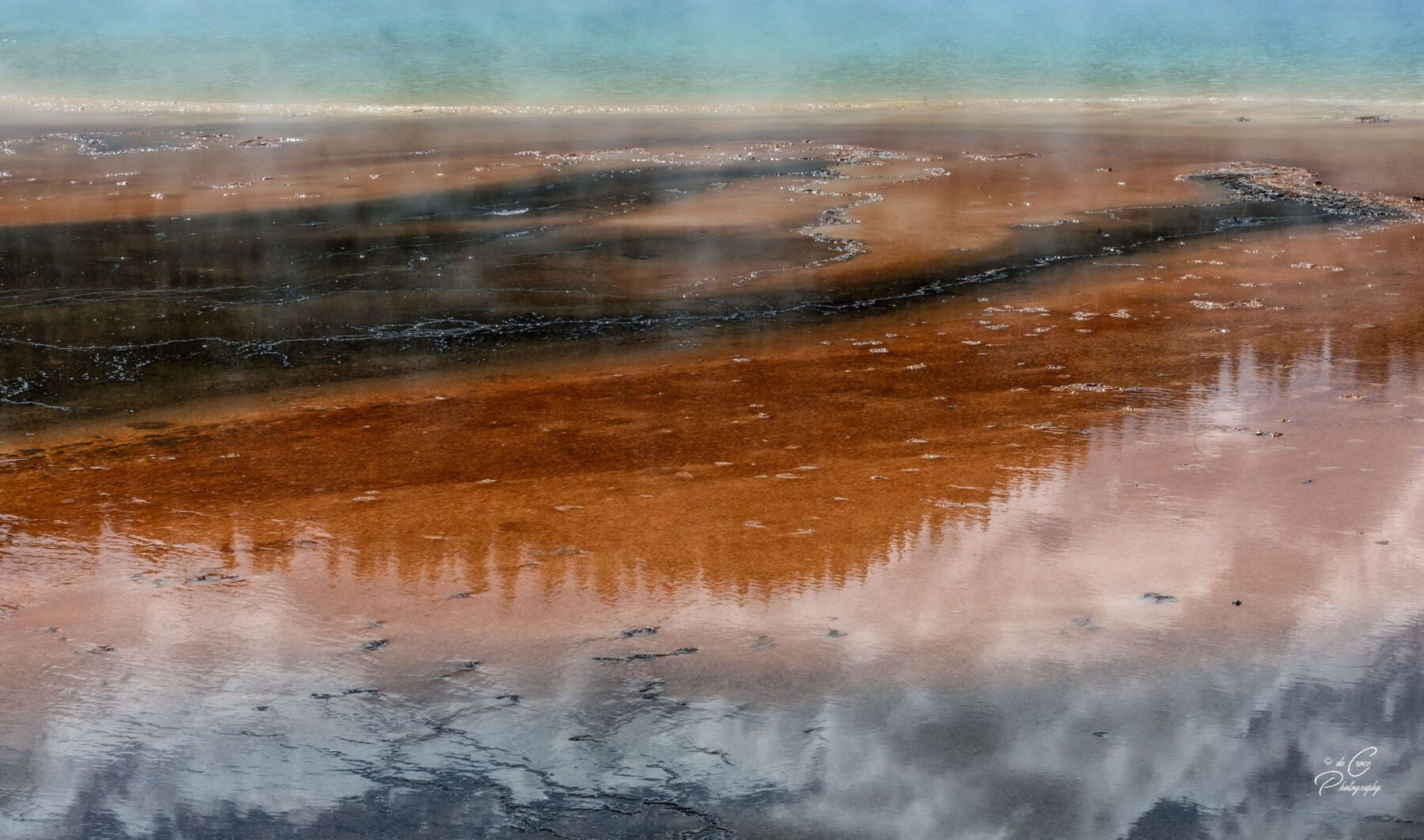

Photography For Alternative Energy – Geothermal
Before our photoshoot for Fervo Energy, I really didn’t know what a geothermal energy site would be. I imagined they might look like the geothermal pools in Yellowstone that Levi and I shot last summer for travel photography portfolios. But as illustrated in this article, geothermal energy photography is similar to other industrial photography gigs and energy photoshoots for oil and gas. Fevro has adopted techniques like hydraulic fracturing from petroleum energy in order to increase yield.
We chose to make it a road trip to take in some of Utah’s beauty and created some fine-art landscape photography along the way. And it didn’t take long to be reminded about the vastness of western America. When my navigator, Levi, decided to take a shortcut over a mountain pass through howling wind, we saw a sign that read: “Snowdrifts Not Plowed”. Driving through the drifts would not normally be daunting but we had not seen another traveller, a town or even a house in a long while.


Weary of the travel, we arrived late at night in the midst of a wet, late-winter snowstorm. But as it turned out, the morning frost and new snow on the nearby mountains made our photoshoot even more remarkable.

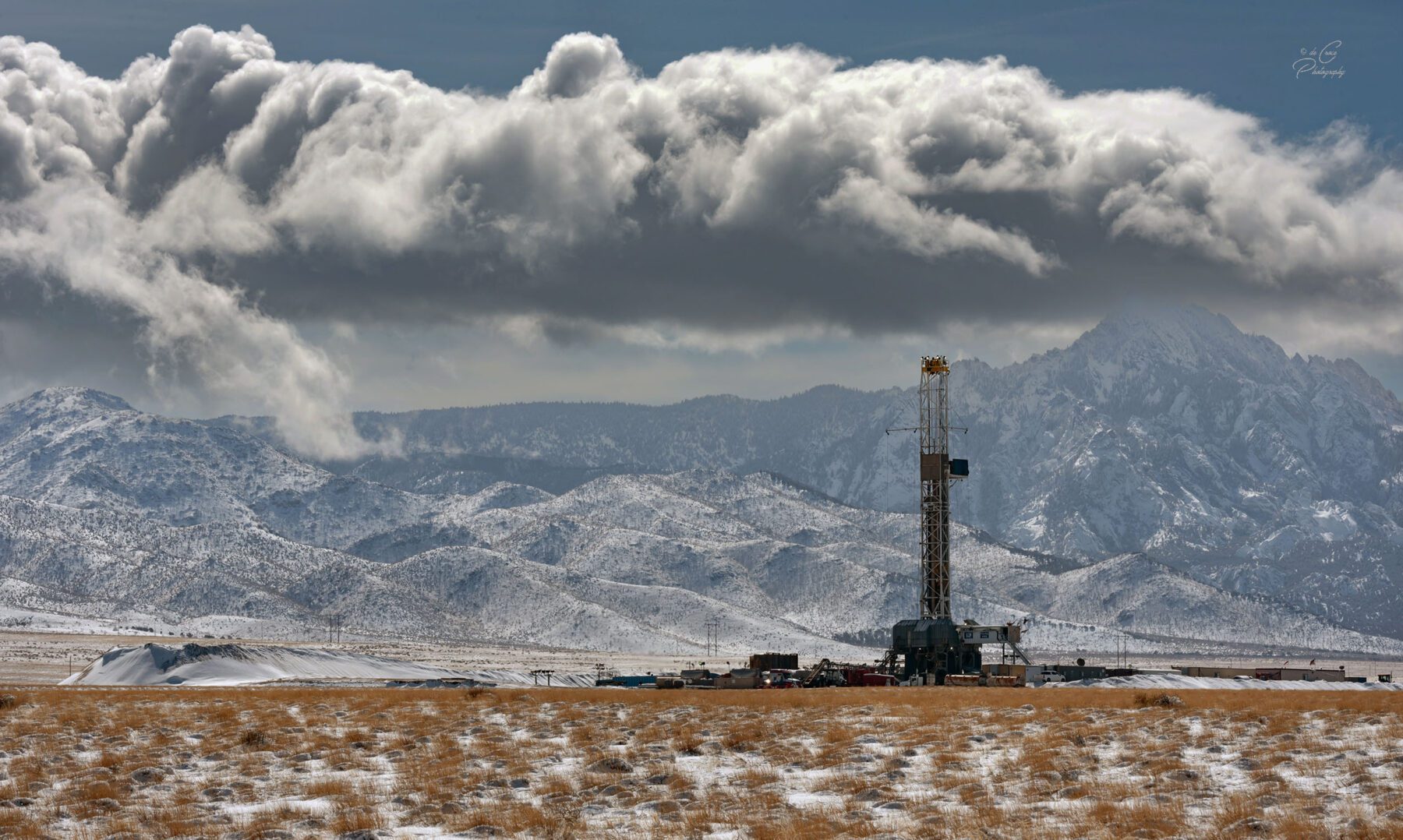

The Making of Geothermal Alternative Energy Photography
Photoshoots for commercial and industrial commissions, like this alternative energy photoshoot on location can present unexpected challenges. Without detailed planning, things can go awry. As a long-time seasoned pro, I’ve made every mistake in the book on previous commercial photoshoots, … and written a few new ones too. But dealing with adversity is part of what a professional photographer does. Part of the fun is to solve the puzzle anew with each assignment and plan for mishaps. So I always bring an extra camera body, more than enough memory cards, plenty of batteries, chargers and my passport (just in case my client needs a two week photoshoot in Fiji).
Scheduling is sometimes problematic too. This photoshoot with Fervo Energy was originally scheduled for the previous week. But high winds made it unsafe to fly the mavic Pro 3 drone for aerial video and still photography. While the newly fallen snow did give us stunning long shots, strong winds left behind thousands of tattered and torn tumbleweeds. The drilling site was puddled and muddy with the melting snow.
Savvy industrial energy photographers prevail through sleet or howling blow and even snow;-)
Working through adversity is actually part of the fun. And… my clients are always happily impressed.


After we delivered imagery to Fervo Energy, strategic communications specialist Chelsea Anderson had this to say on Google:
"We are thrilled with the photographs from Edward! We hired him to take photos of our work site and employees and he went above and beyond. He is great to work with, completely understood our needs, and delivered photos beyond our expectations. Not only did he quickly respond to our questions he also provided the photos in a timely manner. We can't wait to work with him again!"


What Is Geothermal Energy
From Greek, geo means earth and thermo means heat. So to say “geothermal heat” is redundantly saying earth heat heat. US Energy Information Administration explains “Geothermal energy is a renewable energy source because heat is continuously produced inside the earth.” Geothermal heat is used for bathing, for heating buildings, and for generating electricity. “Traditional geothermal power uses natural steam or very hot water trapped in deep rock formations.”
But in places like the western United States, where hot geothermal rock is too dry and impermeable for traditional methods, engineers and geologists have innovated a technique called enhanced geothermal energy – EGS. The first use of enhanced geothermal methods materialized at Fenton Hill New Mexico in The Dry Rock project during the 1970s.
US Department of Energy explains: “In an EGS, fluid is injected deep underground under carefully controlled conditions, which cause pre-existing fractures to re-open, creating permeability. Increased permeability allows fluid to circulate throughout the now-fractured hot rock, and the fluid becomes hot as it circulates. Operators pump the hot water up to the surface, where it generates electricity for the grid.”





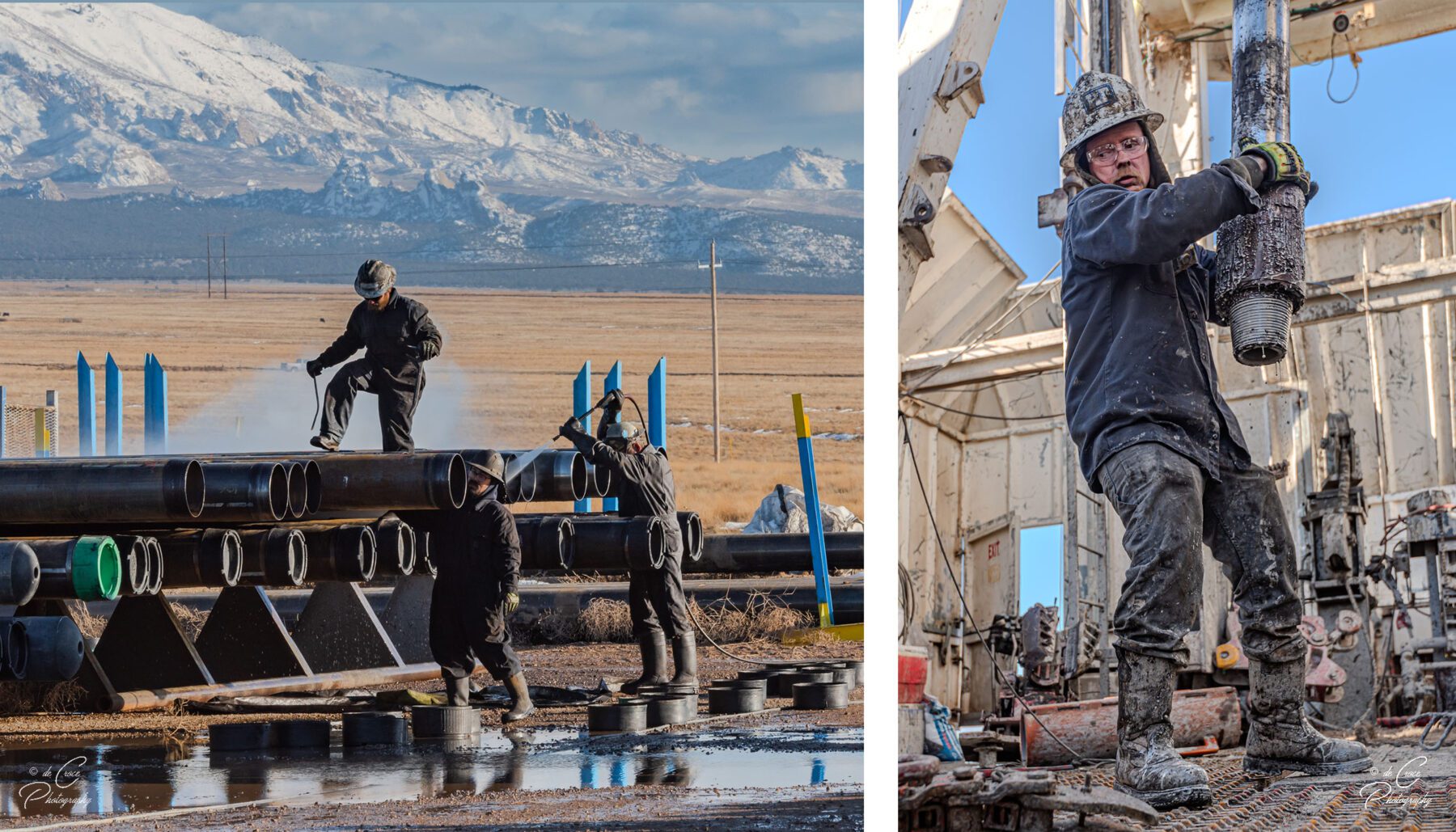
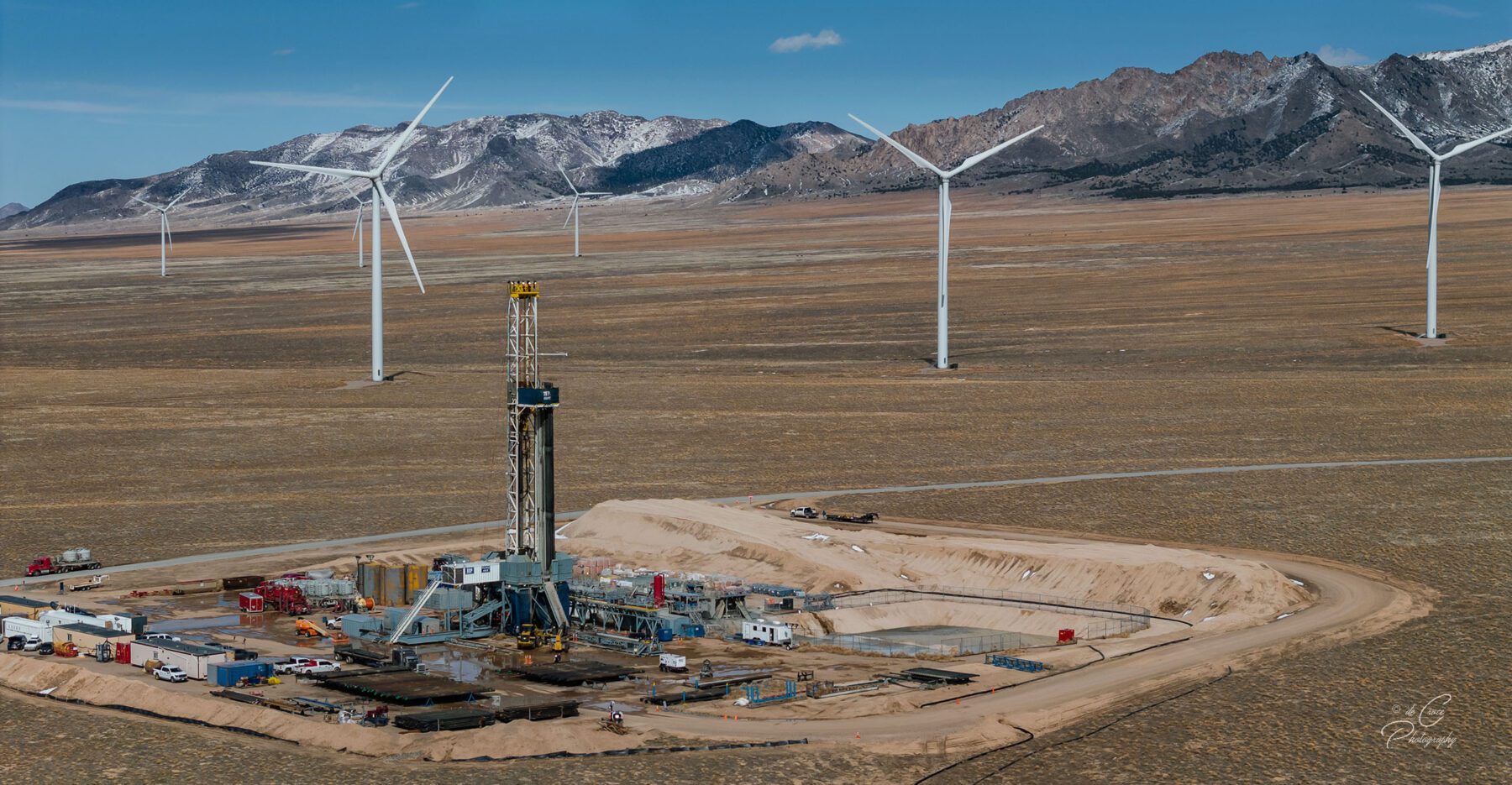
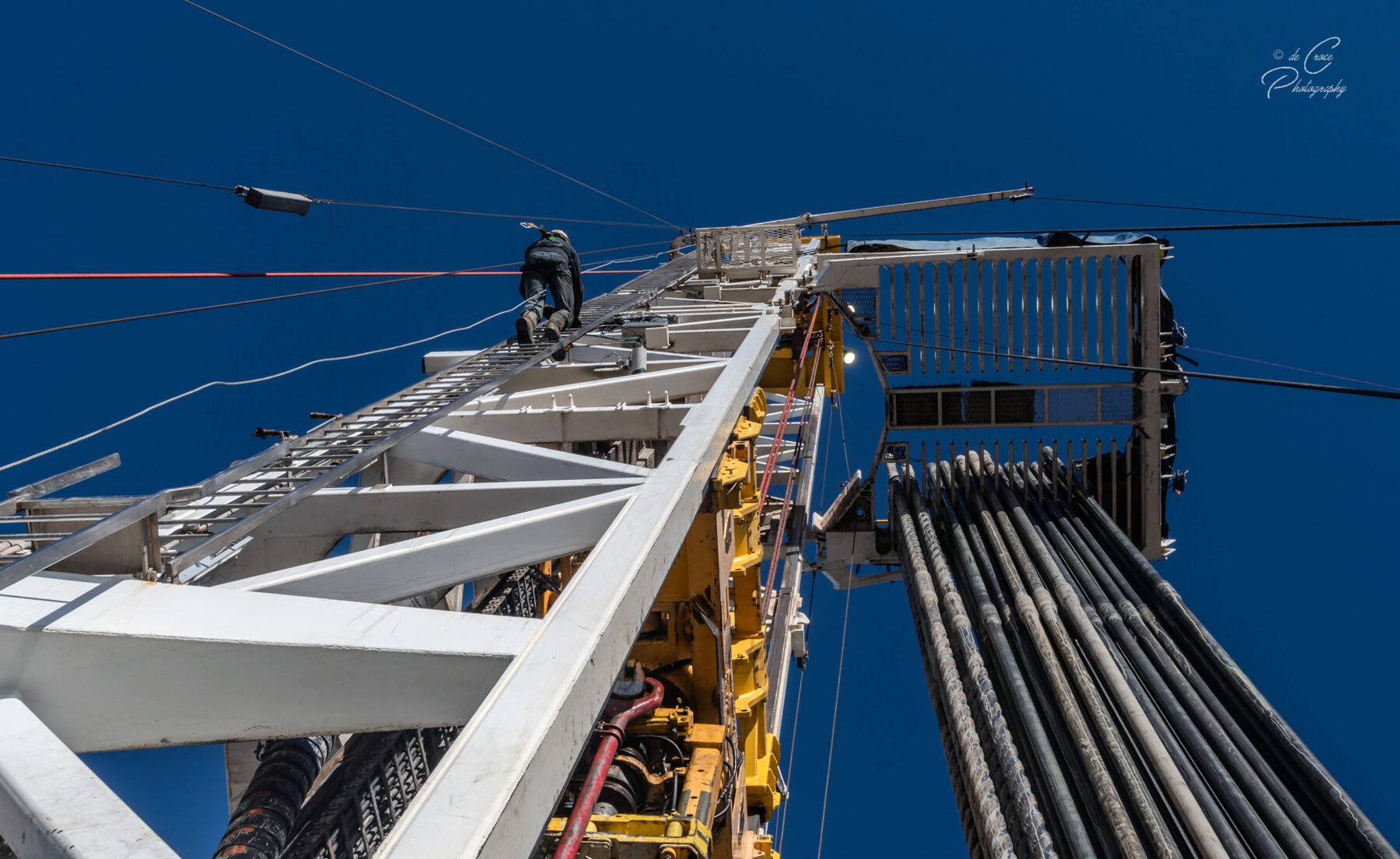
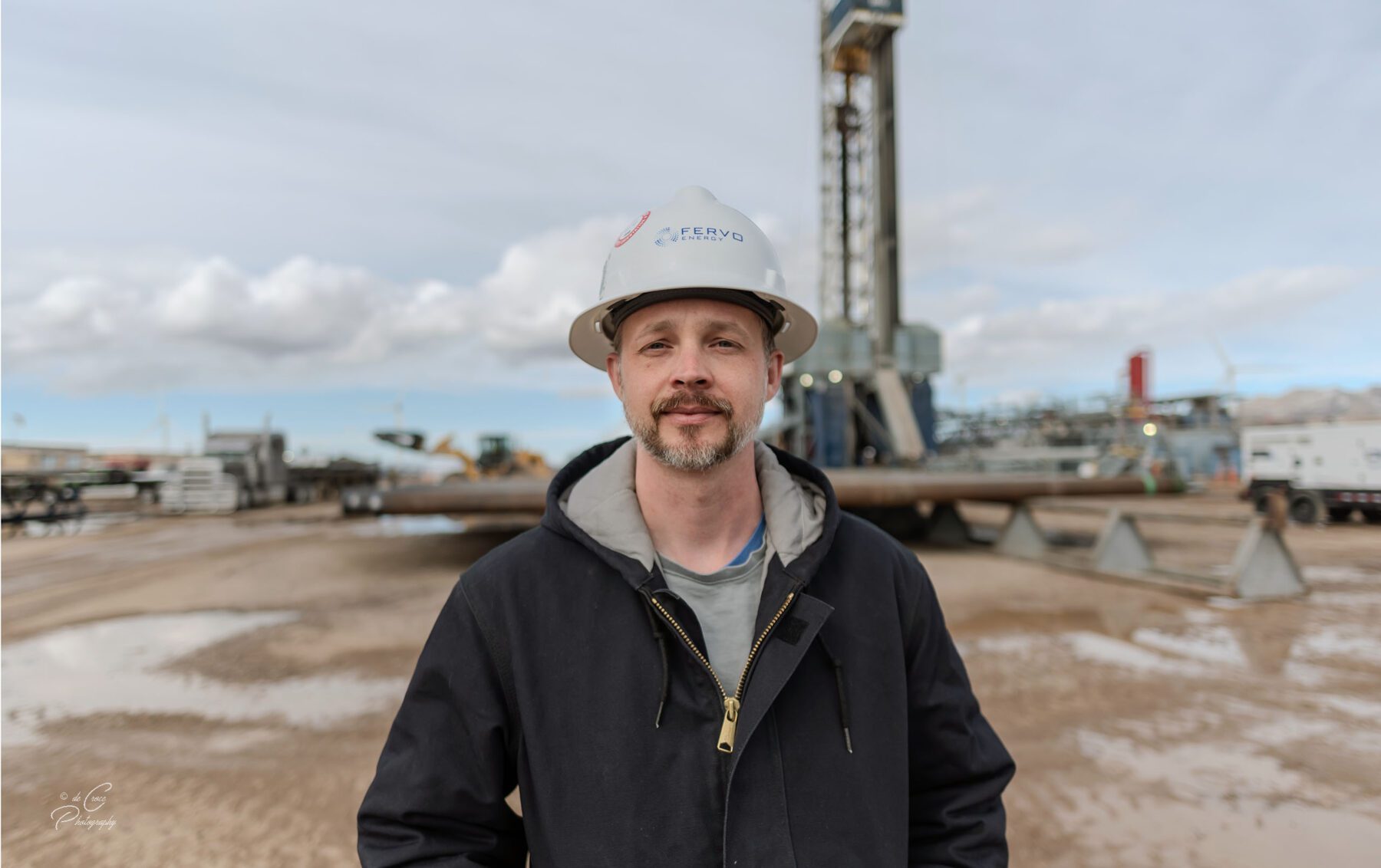


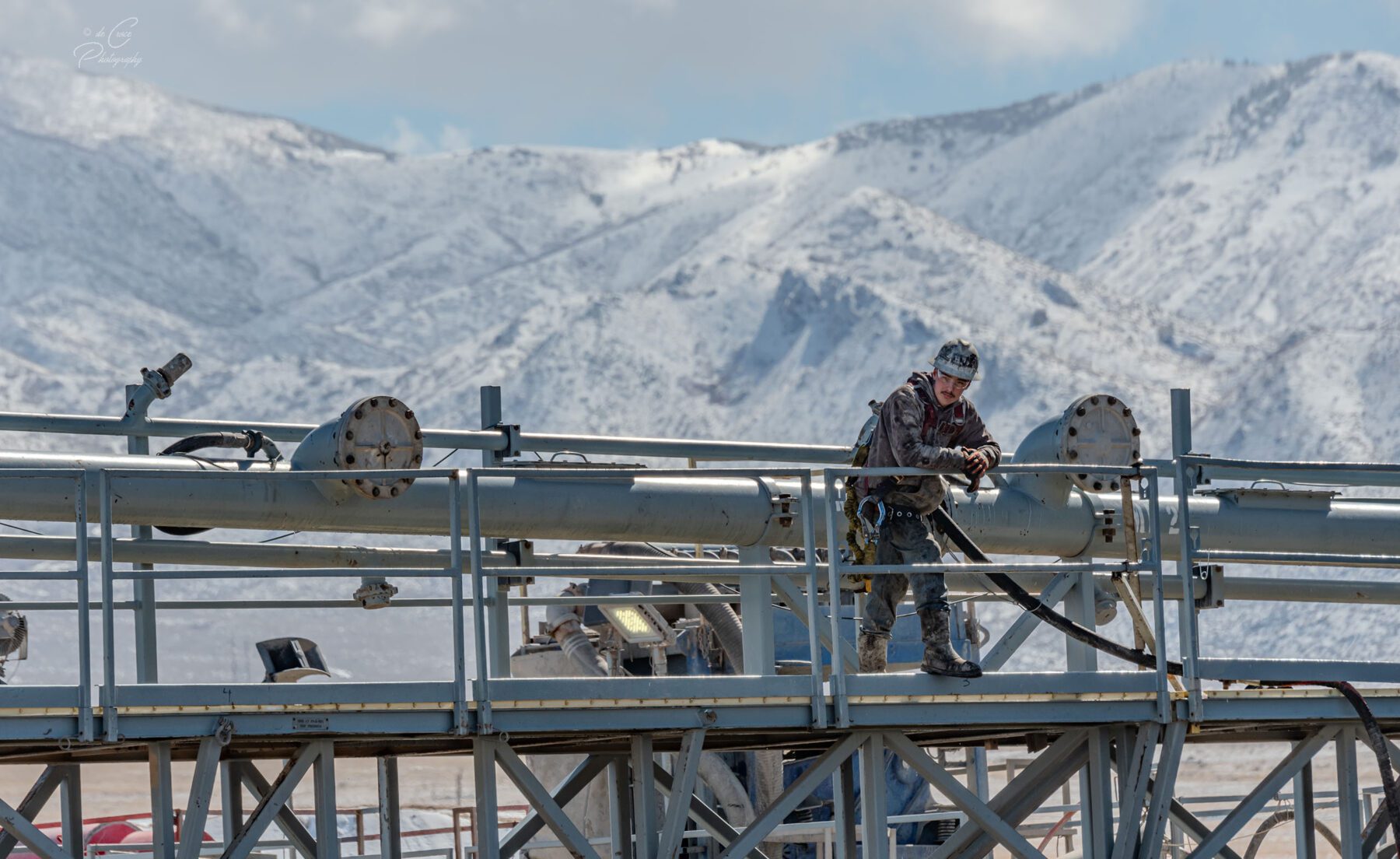

Edward DeCroce
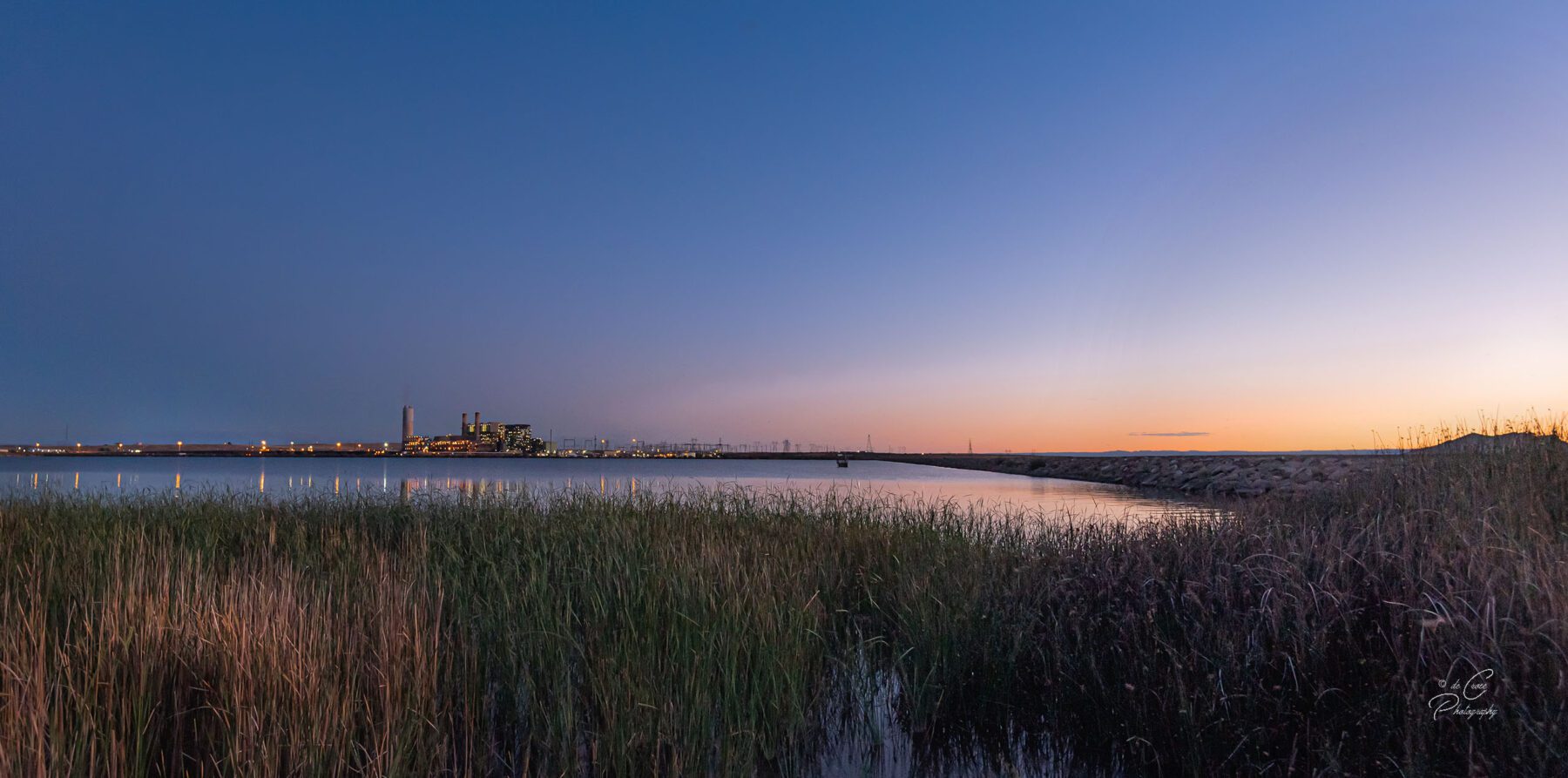
Common Ground
Being a photographer for energy companies has given me an uncommon perspective. Since my style is to suggest conversation considered controversial, I prod to hear opinions. Over the years, I’ve heard a few that say that climate change is merely an invention by Al Gore. And on the flip side, I hear hypocritical climate activists preach the evils of energy production whilst jetting off to a Bali beach tour.
But the common ground we stand on remains solid. Almost everyone opines in surprisingly similar ways, roughnecks and energy CEOs alike. Bosses, workers and investors that I’ve talked with believe climate change is inevitable.
So it’s invigorating to see the work being done by the Navajo Transitional Energy Company – NTEC. These images from the Navajo Coal Mine and the Spring Creek Mine in Montana were made on our photoshoots last summer for NTEC. They’re a part of this article on alternative energy photography because, like Fevro Energy, they represent hope.
At The Four Corners Power Plant in New Mexico, carbon capture techniques will reduce carbon emissions by 90%. And the work being done in land reclamation is remarkable.



Destination Unknown
“The human epoch that began in biological evolution and passed into pre-, then recorded, history is now more than ever before in our hands.” Edward O. Wilson
Is earth’s delicate tapestry destined for catastrophe?
Are humans actually capable of collectively coalescing for a single purpose?
Is it in the realm of possibility that the entire species will join to harness habits and heal mother nature?
Will we empower her and allow her innate memory to once again flower in synergy with our use of energy?
Will climate gawkers no longer saunter to squander precious time, enacting the prime infraction, the crime of inaction?
With declining clime, the sustainability of humanity is in precarious balance.
https://decrocephotography.com/portfolios/industrial-workers-photography
https://decrocephotography.com/portfolios/industrial-photography
https://decrocephotography.com/portfolios/energy-photography
Thanks for reading
Edward


Related articles from Edward on Industrial photography, energy photography and climate are linked below:
